In this Article
Toggle

You probably know that the Netherlands is the world’s biggest exporter of tulips, but did you know these beautiful spring blooms were once more precious than gold? These 15 fascinating tulip facts may surprise you!
As winter exits stage left and spring sashays in, tulips take center stage signaling the start of a new season. But the quintessential symbol of spring, with its cheerful colors and iconic teacup shape, has a past as colorful as its petals. And for me, that makes them even more appealing.
Related Article: 100+ Beautiful Tulip Quotes and Captions
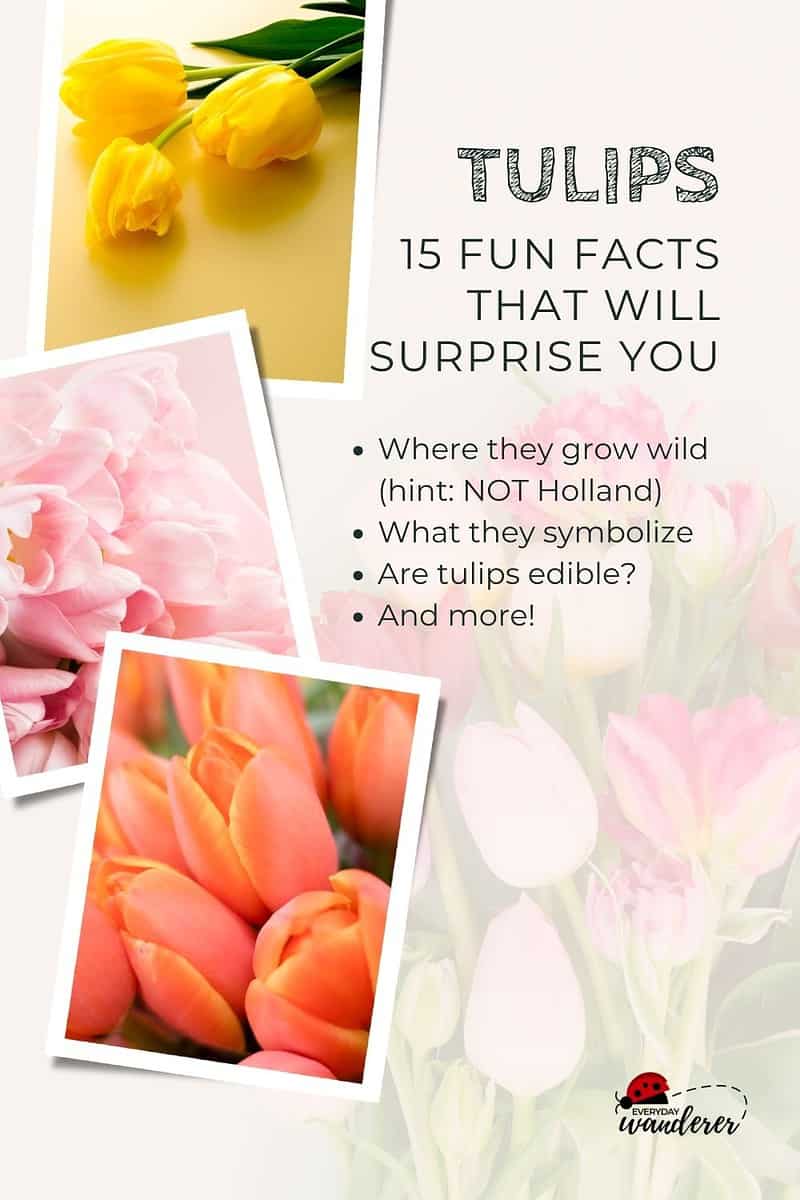
To help offset the costs of running EverydayWanderer.com, you’ll find affiliate links lightly sprinkled throughout the site. If you choose to make a purchase via one of these links, there’s no additional cost to you, but I’ll earn a teeny tiny commission. You can read all of the legal blah blah blah (as my little niece says) on the full disclosure page.
1. Tulips are Native to Asia
Although tulips are one of the most iconic symbols of the Netherlands today, they aren’t native to Dutch soil. Rather, they hail from Kazakhstan, 5,000 miles east of Amsterdam. The conquering Ottomans “discovered” tulips, found them irresistibly pretty, and whisked them away to what is now Turkiye (the Middle Eastern country formerly known as Turkey).
Tulips quickly became horticultural must-haves for the Ottoman elite, and soon the beautiful blooms filled the gardens of the most powerful people in the Ottoman Empire. In fact, the name tulip has its origins in the Persian word for turban because the flowers look similar to that common headgear.

2. Tulips Migrated West to the Netherlands in the 16th Century
Ottoman rulers loved to flaunt their fancy tulips as diplomatic gifts. Through their important role in fostering diplomacy, tulips made their way across Europe. The first bulbs planted in the Netherlands arrived via the former manager of the gardens of the Emperor of Austria who brought tulips to his teaching job in Leiden in 1593. And the rest is history!
3. "Tulipmania" was the Original FOMO
Forget Bitcoin—tulips were the original financial rollercoaster with Tulipmania creating one of the biggest bubbles (and subsequent market crashes) of all time. As the tulip market in Amsterdam grew at a feverish pace, speculators drove up the price of tulip bulbs. Rare bulbs fetched up to six times an average person’s annual salary making them the most expensive flower in the world at the time. But in 1637, the tulip market crashed harder than a New Year’s resolution, becoming a cautionary tale for budding investors everywhere.
4. The Dutch Can't Quit Tulips
Despite the speculative frenzy over tulips and the dramatic bubble-bursting end to Tulipmania, tulips remain an important part of the Dutch economy. As the world’s largest commercial producer of tulips, the Netherlands exports a whopping three billion bulbs annually. Each spring, Keukenhof, the world’s largest tulip garden, showcases these floral beauties to delighted visitors and potential buyers with a jaw-dropping display of seven million bulbs in full bloom.
Now that we know some fun facts about tulip history, let’s dig into what draws most of us to these pretty flowers – how they look and what they symbolize.
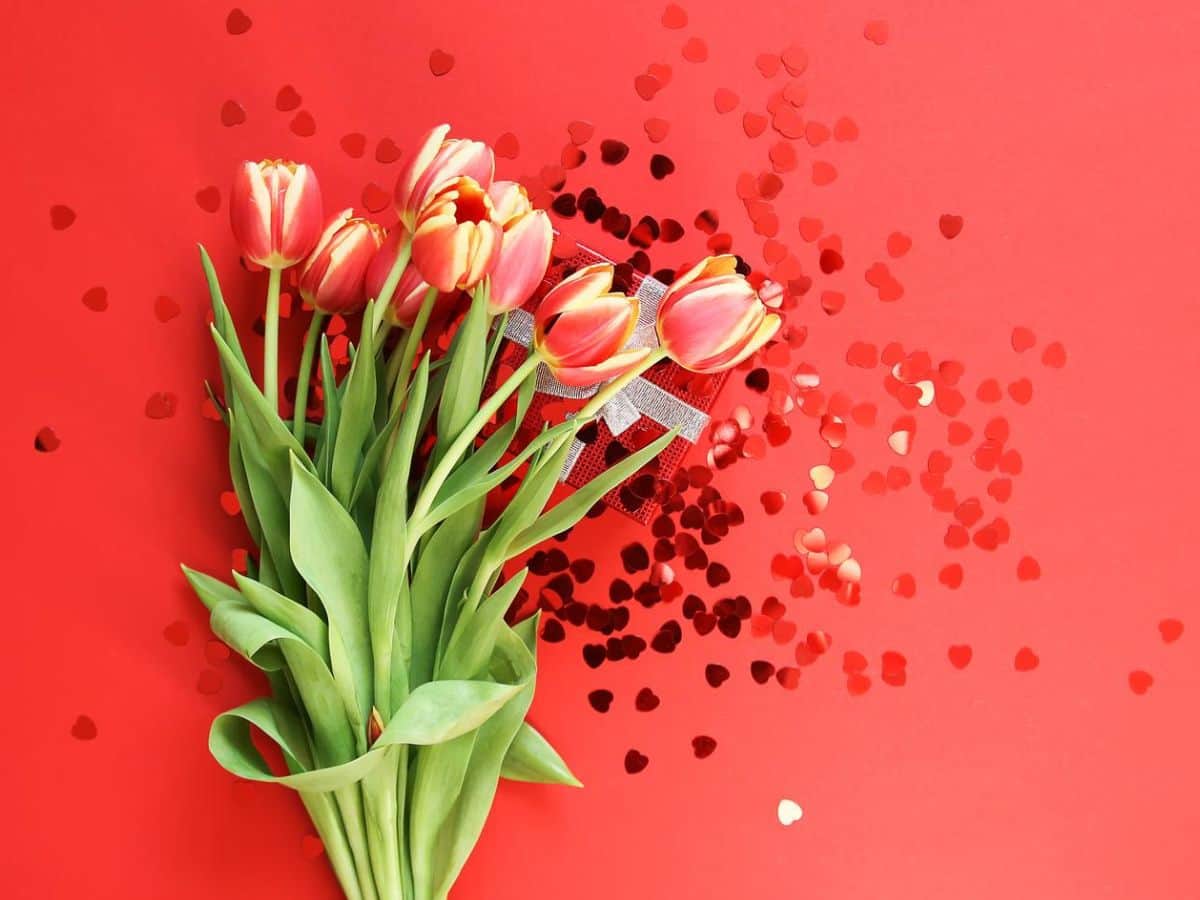
5. Tulips are a Swiss Army Knife of Emotions
Perhaps the most well-known “language of flowers” is giving red roses as a romantic gesture. But move over roses, because tulips are the true emotional chameleons. A bouquet of red tulips also symbolizes deep and abiding love, but not only romantic love. So you can present red tulips to everyone from your lover to your mother, reinforcing how much you care for them.
Because they are often the first sign of spring in your garden, tulips have come to symbolize rebirth. And, stemming from the Victorian era, tulips symbolize charity. That’s why you see nonprofit organizations using tulips in their names and logos as well as raising money through tulip-themed fundraisers.
6. The Tulip is the Official Symbol within the Parkinson’s Community
Tulips aren’t just pretty flowers. These spring bulbs carry a deep meaning within the Parkinson’s community. In 1980, J.W.S. Van der Wereld, a Dutch horticulturist suffering from Parkinson’s disease, bred a red and white tulip in honor of Dr. James Parkinson, the English apothecary surgeon who first described the condition in 1812.
Christened the “Dr. James Parkinson” tulip, this beautiful flower has since become a powerful symbol of hope and optimism uniting Parkinson’s organizations, patients, family members, friends, neurologists, and researchers worldwide in their quest for better treatments and, ultimately, a cure.
7. Tulips Offer More Variety than a Vegas Buffet
There are over 150 species of tulips and 3,000 registered varieties. So whether you are drawn to dainty dwarf tulips, more traditional Darwin hybrid tulips, or flamboyant Parrot Tulips, there are enough varieties of tulips to provide a perfect bloom for each taste. Tulips are generally classified into fifteen groups based on characteristics such as height, flower shape, and time of year they bloom. Fanciful names such as “Aladdin,” “Candy Prince,” and “Flaming Parrot” are assigned when new varieties are registered. So forget naming paint colors or OPI nail polishes, my new dream job is naming tulip varieties!
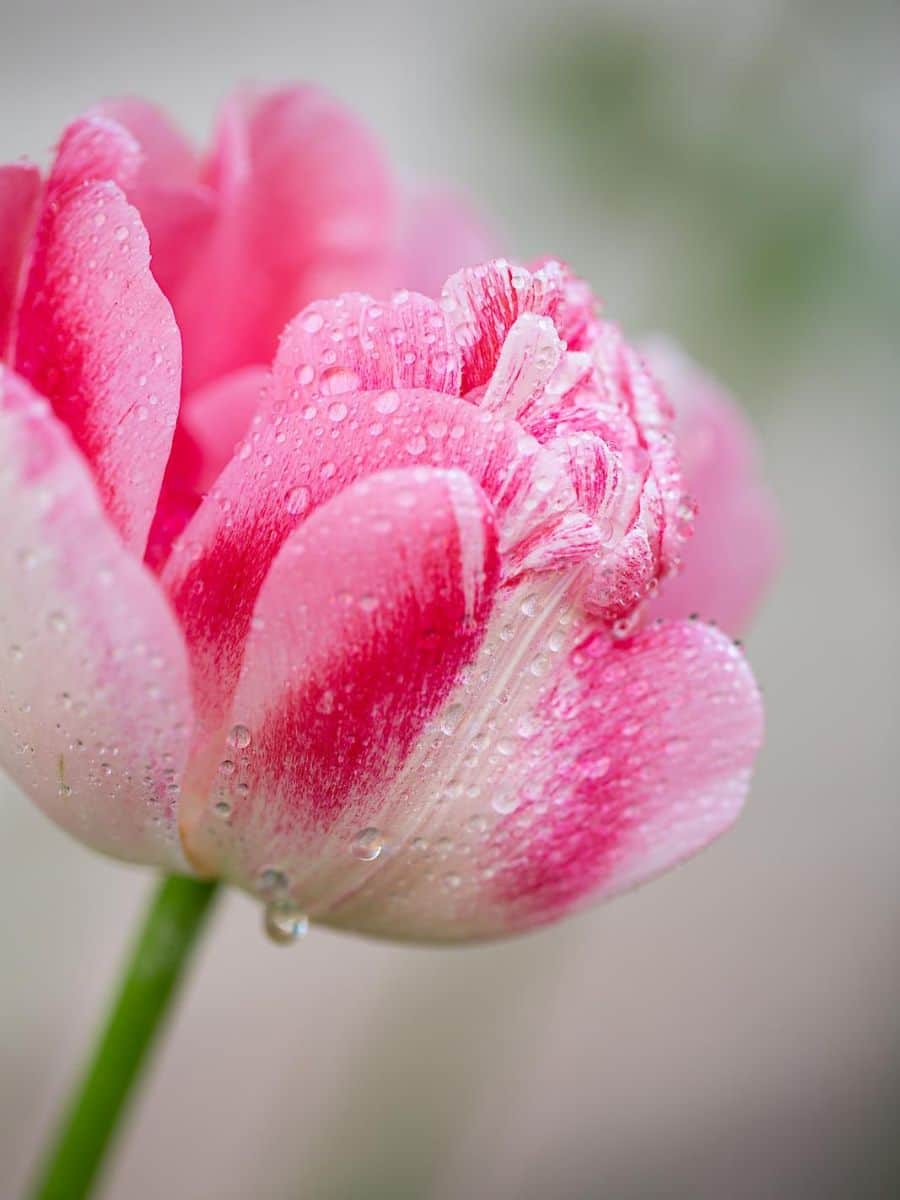
8. Double Tulips Look Like Peonies in Disguise
Although tulips are known for their classic tea cup shaped bloom atop a long, elegant stem, double tulips take identity theft to a new level. With their extra dense petals, they look more like peonies than their tulip cousins.
9. Tulips Come in a Rainbow of Colors, Each with Their Own Meaning
Tulips rep the rainbow with an array of fabulous colors except one: true blue. Although, wouldn’t that be gorgeous?! For centuries, bulb growers have tried to cultivate blue varieties, but the best they’ve been able to do is create purple tulips that almost look blue. Therefore, you may need to opt for silk tulips if you absolutely want blue tulips in an arrangement.
Like everything else in the flower world, each tulip color has its own special meaning. Here’s what you express when you give someone a bouquet of tulips in these colors:
- Red tulips indicate everlasting love
- White tulips are a symbol of apology, forgiveness, respect, and purity
- Pink tulips convey happiness, caring, and good wishes
- Yellow tulips indicate the beginning of spring and bring cheerful thoughts
- Purple tulips are a symbol of royalty

10. Striped Tulips Were Originally Caused by a Virus
Striped tulips were all the rage during Tulipmania. But, plot twist, scientists in the 1930s discovered that the streaks in these stunning tulips were caused by a virus carried by aphids. The so-called “tulip breaking virus” infected bulbs and “unlocked” the ability for a “broken tulip” to produce a multi-colored bloom. Today, these multicolored masterpieces are crafted artificially, sans bugs.

11. Tulips Have Inspired Great Works of Art and Design
Through the centuries, tulips have served as a muse for artists around the world. Not just limited to still life paintings (although there are plenty of those), tulips can also be found on William Morris wallpaper and Tiffany lamps. They’ve even made their mark on textiles, jewelry, cutlery, and Lalique vases. And the tulip’s sleek silhouette inspired mod mid-century furniture designs.
Okay, but how do you grow tulips, and can you eat them? I’m glad you asked!
12. Tulip Flowers are the Salad Topping You Never Knew You Needed
Believe it or not, tulip petals are edible and taste similar to lettuce. But don’t spend too much time searching for the perfect tulip salad recipe, because tulip blooms only last about a week. Tulip petals have also been used as an onion substitute and to make wine. If you incorporate tulips into your next Meatless Monday meal, don’t get too adventurous – tulip bulbs can be toxic, especially when not prepared correctly. So stick to the petals, and leave the bulbs alone.
13. Planting Tulips: The Long Game
If you want to usher in spring with these beautiful flowers, you’ll need to plan ahead because tulips need to be planted in the Fall after the ground cools. In USDA plant hardiness zones 3-5, you can typically plant tulips in October, but people in warmer zones 8-9 should wait until November or December to plant. Before planting tulips, ensure that the soil is about 60⁰ Fahrenheit at a depth of six inches.
One of the many appealing qualities of tulips is that they are hardy bulbs that come back year after year once you plant them. However, tulips are floral divas that need their beauty sleep. Be sure your bulbs get eight to ten weeks of dormancy in cool soil. That means that bulbs planted in warmer climates may need to be dug up and refrigerated over the winter. Additionally, when tulips are planted in pots, they may need to be brought indoors if they’re in danger of freezing.

14. Tulips Need Sunshine and Well-Drained Soil
Tulips are sunbathing beauties that hate soggy soil, so be sure that you plant them in a spot that gets six or more hours of daily sunlight — because these sun worshippers don’t do shade! You’ll also want to be sure that the soil is well-drained to keep your tulips happy and healthy.
15. When Planting Tulip Bulbs, Depth and Space Matter
Although crowds of people will flock to tulip fields to admire their springtime glory, these plants like their space. To grow the prettiest tulips, make sure you plant them at a depth three times their height (around six inches deep) and space them at least four inches apart to prevent overcrowding.
Sage Advice: When planting bulbs, I recommend a tool like this that digs straight down and has a depth gauge.
Tulips are beautiful and cheerful additions to any garden. With a bit of planning and good planting techniques, these blooms with a rich history can easily grace your flower beds for years to come.
What’s Your Favorite Tulip Fact?
Did you learn something new from this article? Is there a tulip fact that’s missing? Share your experiences in the comments section below.
Sage Scott
Thank you for sharing!

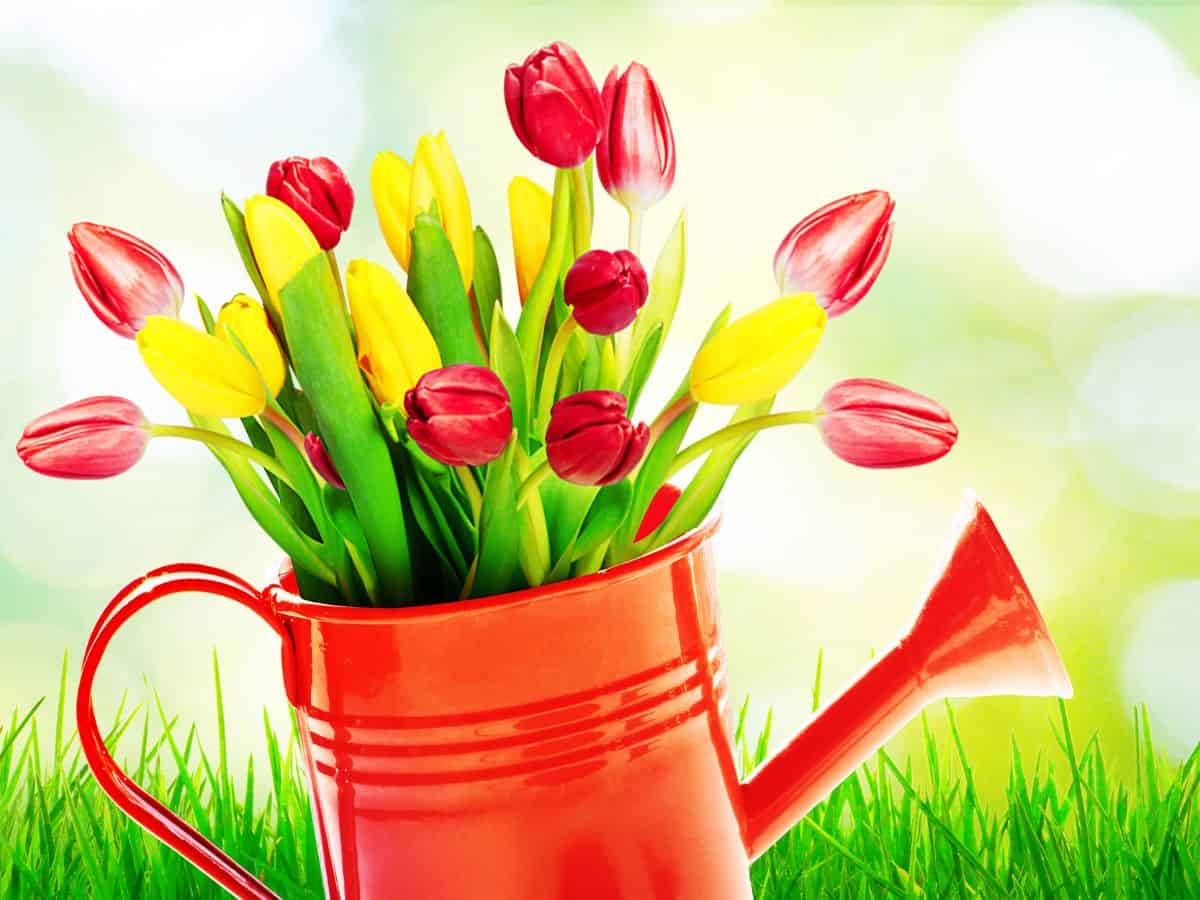

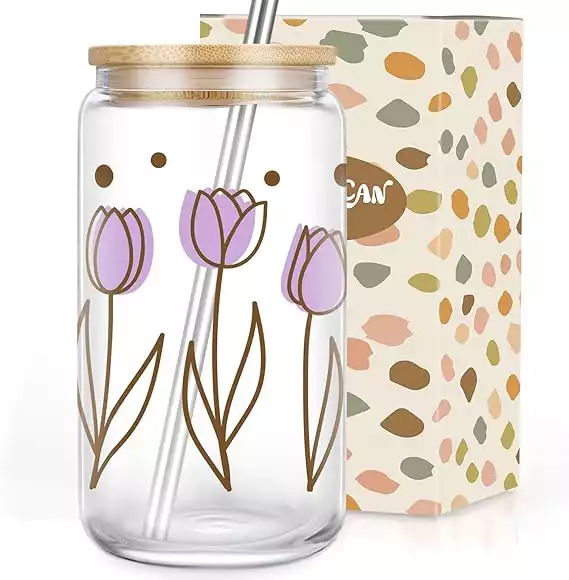
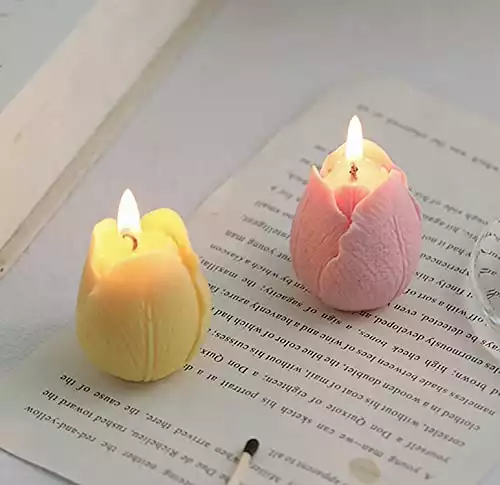
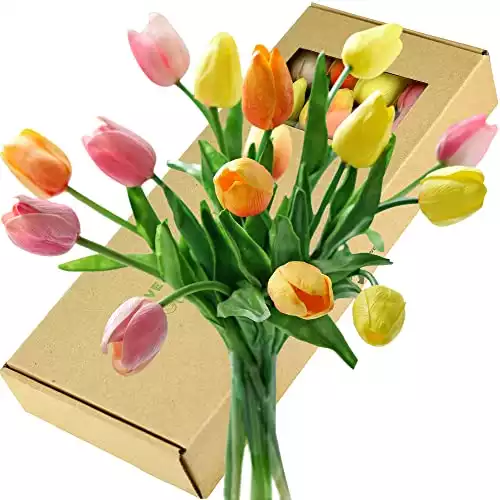



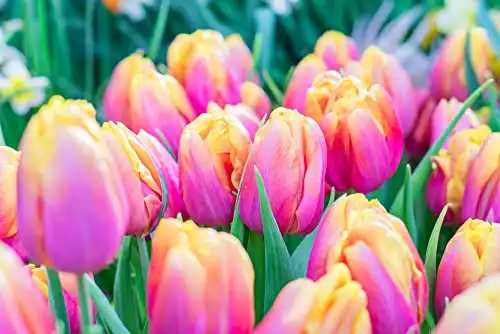

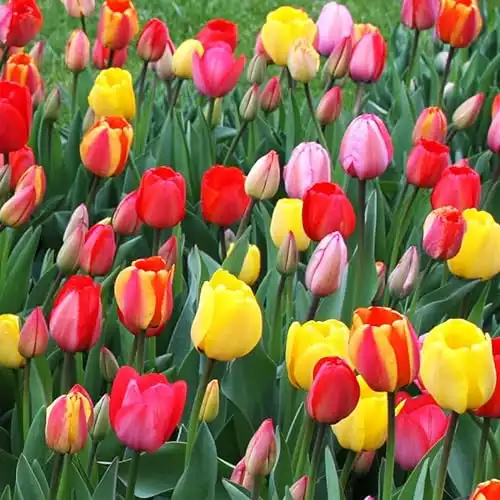

We travel to see the tulip exhibit in Ottawa, Canada, nearly every year and I never stopped to think about the actual facts behind tulips! Thanks for breaking this down for me, now I feel like I actually know this flower.
Tulips are my favorite flowers and this post was so fun to read! I never knew that striped tulips were a result of a virus.
They are my favorite, too! And they’re almost in season. Yay!
I really enjoyed learning all these fun tulip facts! I had no idea that tulips are actually native to Asia – I always associated them with Holland for some reason. How interesting that they originated so far from there.
Another fun fact that caught my attention was that tulip petals can be used as a salad topping. What a unique idea!
Yeah, it’s easy to think they are a native Dutch flower based on all that’s been done to grow them in the Netherlands over the past several centuries.
Wow I had no idea there was so much to know about tulips!! Definitely didn’t know they hailed from Asia!!
I was pretty surprised, too. Can you imagine being in that part of the world and finding them just growing wild?!?
I love tulips and I learned to much about them! Thanks for all this info!
So many fun fact.
I love learning random new facts, you never know when they might be useful. Even at my age!
The virus fact is super interesting.
Right? Who would have thought a virus would produce such beautiful, unexpected results!